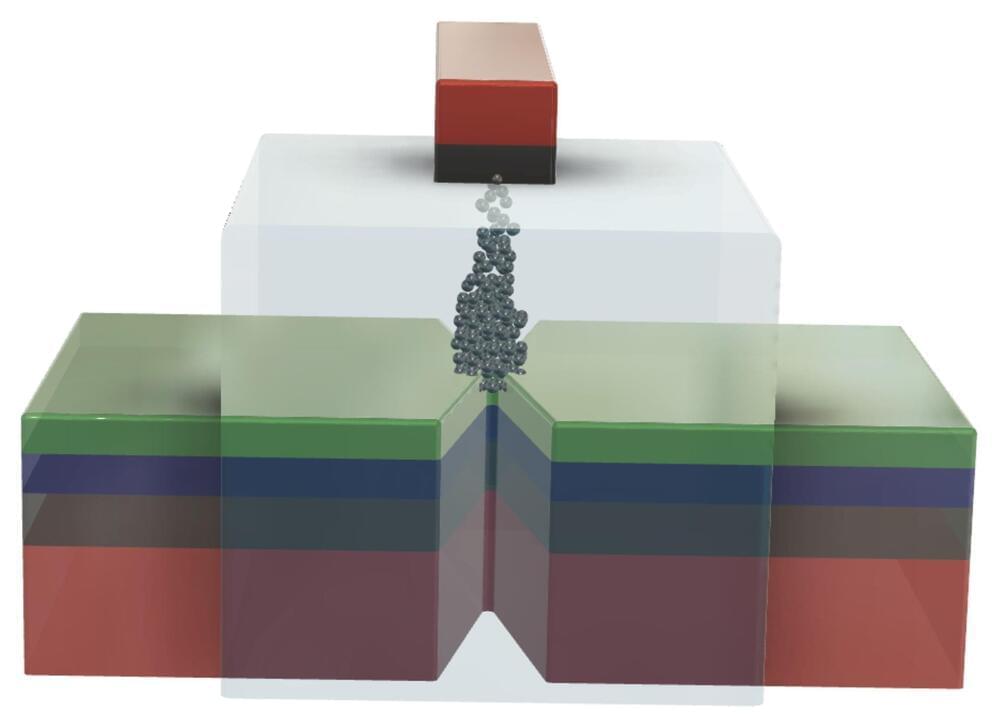Qualcomm kicked off its annual Snapdragon Technology Summit with its new premium smartphone SoC dubbed the Snapdragon Series 8 Gen 1. As expected, the new SoC improves performance and efficiency in every aspect of the chip, but enhancements in AI and image processing are especially important for the next generation of premium smartphones.
The new Series 8 Gen 1 SoC follows the previous Snapdragon 888 generation as Qualcomm’s premium smartphone SoC. And yes, there is a new naming convention with this generation. Rather than continuing to count up until the company runs out of numbers for new products, Qualcomm changed the naming convention to that basic series number (Series, 8, 7, 6, and 4) followed by a generational number, similar to what the company began doing with its Snapdragon 8CX SoCs for PCs. Since this is the first generation of smartphone SoCs to use the new nomenclature, the new family of devices will be “Gen 1”. For now, however, the company only announced the premium chip — the Series 8 Gen 1.
Full Story:








